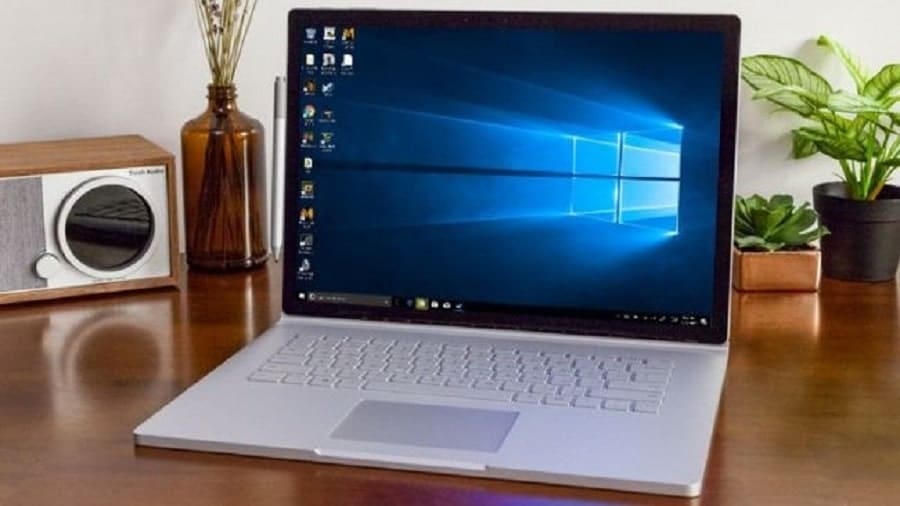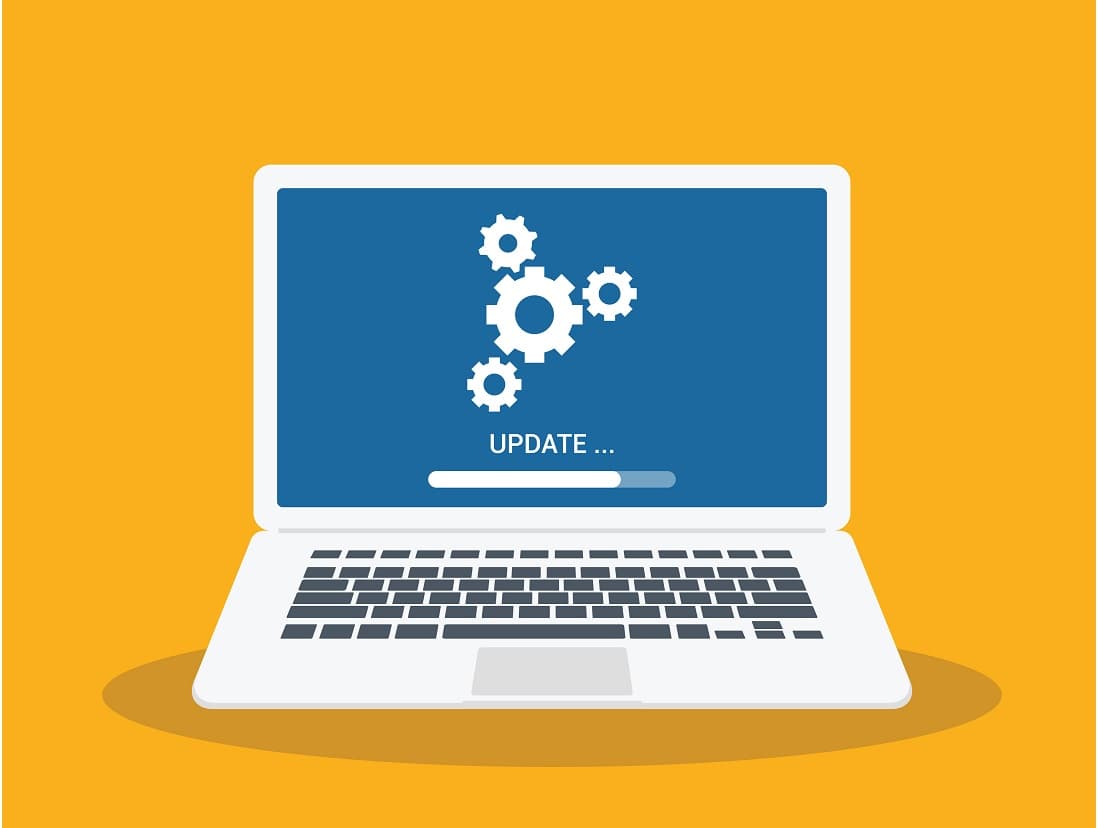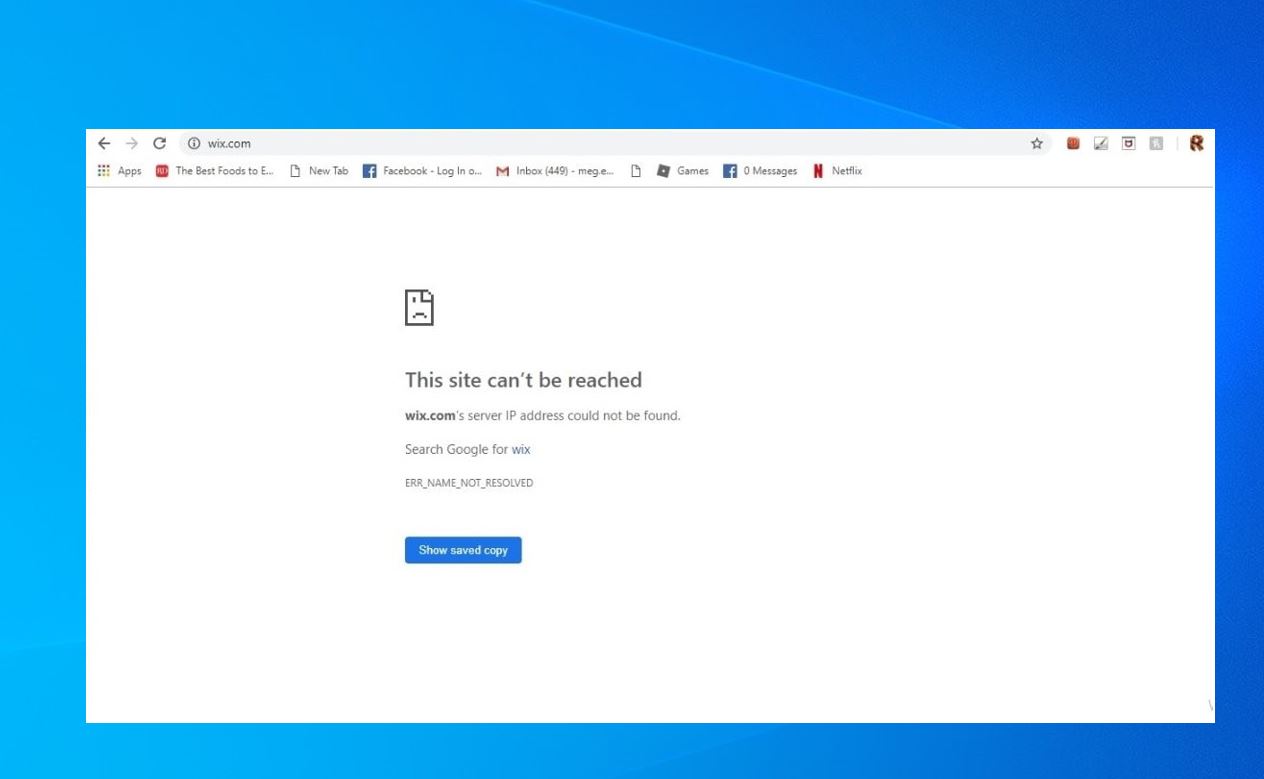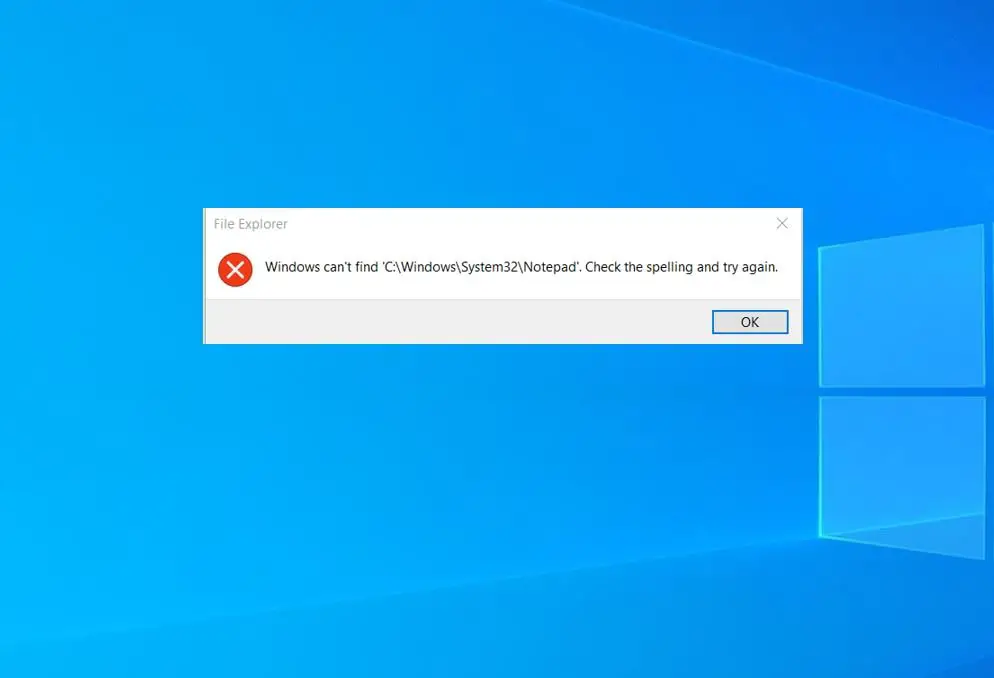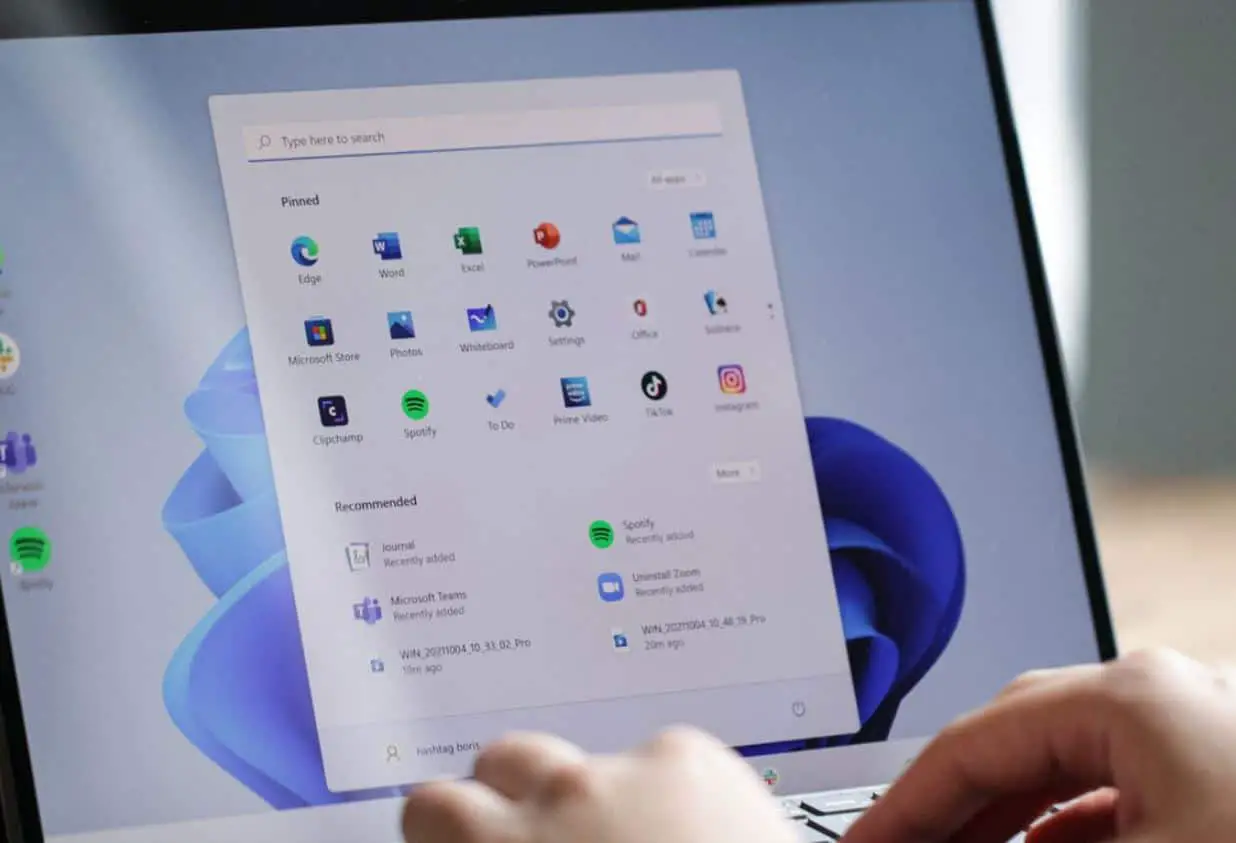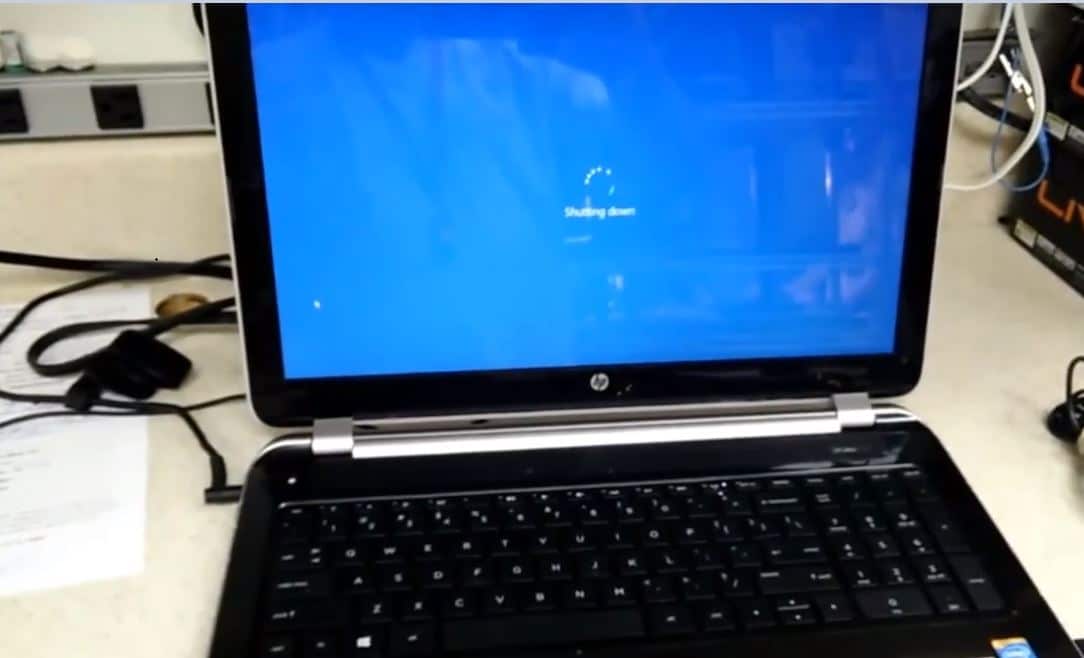Finally, Microsoft has released the Windows 10 Version 22H2 update for everyone. Microsoft’s latest feature update is a huge release with a slew of improvements and a few new features for everyone. While the update will be listed as available for your PC on the Windows Update page it won’t install automatically until you click on the download install link. Well overall the installation is like a regular Windows update installation, but few users report Windows 10 update stuck at a certain percentage. Even if they leave it for an hour or two, it may still show a constant figure such as 0% or 33% in some cases feature update to Windows 10 version 22h2 is stuck at 100. Let’s explore the reason why Windows 10 is stuck on updating and solutions to fix the problem and get Windows 10 22H2 installed right way.
Windows 10 update stuck downloading
Feature update to Windows 10 version 22H2 download is stuck at a certain percentage such as 0% or 33%. It can be due to a simple overloaded physical memory. Sometimes it’s because of software conflict or a preexisting problem that wasn’t visible until the Windows Updates initiated. Or the update database may get corrupted, which may be causing the Windows Update stuck.
Here are some common reasons why Windows 10 stuck on update
- A slow or unstable internet connection is one of the most common reasons for updates getting stuck. If the connection is too slow, the update may take a long time to download, or it may fail to download altogether.
- Sometimes, Microsoft’s servers can become overloaded, especially during peak update times. This can slow down the download process or cause it to get stuck.
- If your system doesn’t have enough free disk space, it can prevent updates from being downloaded and installed. Windows needs a certain amount of space to store and install updates.
- Some third-party software, such as antivirus programs or firewall applications, may interfere with the update process. They can block or slow down the download of updates.
- Conflicts with other software or drivers on your system can interfere with the update process.
- If the Windows Update components on your system are corrupted, it can lead to issues with downloading updates. This can happen due to various reasons, including software conflicts or incomplete previous updates.
Check Internet Connection
A stable internet connection is required to downlaod Windows update files from Microsoft server. If updating Windows 10 stuck hours the first thing you need to check and Ensure that you have a stable and reliable internet connection.
If you’re using a Wi-Fi connection, make sure you’re connected to the correct network and that the signal is strong. If the signal is weak, move your router to a better location. If problems persist, consider resetting the router, usually by pressing a reset button.
If you’re using a VPN or proxy, try disabling it temporarily, as it might be causing conflicts with the update process.
Sometimes, a simple restart can resolve minor update issues. Restart your computer, network devices (Router) and try downloading the update again.
Free up system drive (C)
When your computer’s disk space is nearly full, there may not be enough room for the update files to be downloaded and installed properly. This can lead to various issues, including updates getting stuck or failing to install.
Make sure you have enough disk space to download the updates
- Remove temporary files, unused applications, and files you no longer need. Uninstall applications you no longer use or need.
- Emptying the Recycle Bin permanently deletes files, which can free up a significant amount of space.
- Move large files like videos, photos, or documents to an external hard drive to free up space on your main drive.
- Run built-in Disk Cleanup tool helps you remove unnecessary system files, temporary files, and other items that can take up space.
- You can reduce the amount of space used for system restore points. Go to System Properties > System Protection, select your drive, and click Configure.
Disable security software
Sometimes antivirus or security software can interfere with the Windows update process. This can happen if the antivirus program mistakenly identifies certain update components as potential threats or if it actively scans and locks files that the update process needs to access.
Temporarily disabling the antivirus allows the update to proceed without interference.
- Try temporarily disabling your antivirus software. Most antivirus programs have an option to disable protection for a specified period. This allows you to perform the update without interference.
- Sometimes, outdated antivirus software can cause compatibility issues. Make sure your antivirus program is up to date.
- If your antivirus software has a built-in firewall, check if it’s blocking any connections related to the update process. You may need to adjust the settings to allow these connections.
Restart the Windows update service
Restarting the Windows Update service can often help resolve issues related to downloading or installing updates. This is because sometimes the service can get stuck or encounter errors that prevent it from functioning properly. Restarting it essentially gives it a fresh start.
This action essentially stops the service and then starts it again, which can often resolve minor issues with the update process.
- Press Windows + R, type services.msc and ok
- This will open the Windows services console,
- Scroll down and locate the Windows update service
- Here check and start these services (if not running).
Also, incorrect regional settings cause Windows update Failure. Make sure your Regional and language settings are correct.
You Can Check and Correct Them From Settings -> Time & Language -> Select Region & Language from the options on left. Here Verify your Country/Region is correct from the drop-down list.
Perform a clean boot and check for updates, which may fix the problem if any third-party application or service causes the Windows update stuck.
Run Windows Update troubleshooter
Microsoft Released an Official update troubleshooting tool, designed to automatically detect and fix problems that might be preventing Windows updates from being installed. Running the Windows Update troubleshooter can be very helpful in resolving common update-related issues.
- Open Windows Settings using the keyboard shortcut Windows + I,
- Go to Update & Security then Troubleshoot, and click on Additional Troubleshooters
- Here select Windows update and Run The Troubleshooter, and follow on-screen instructions.
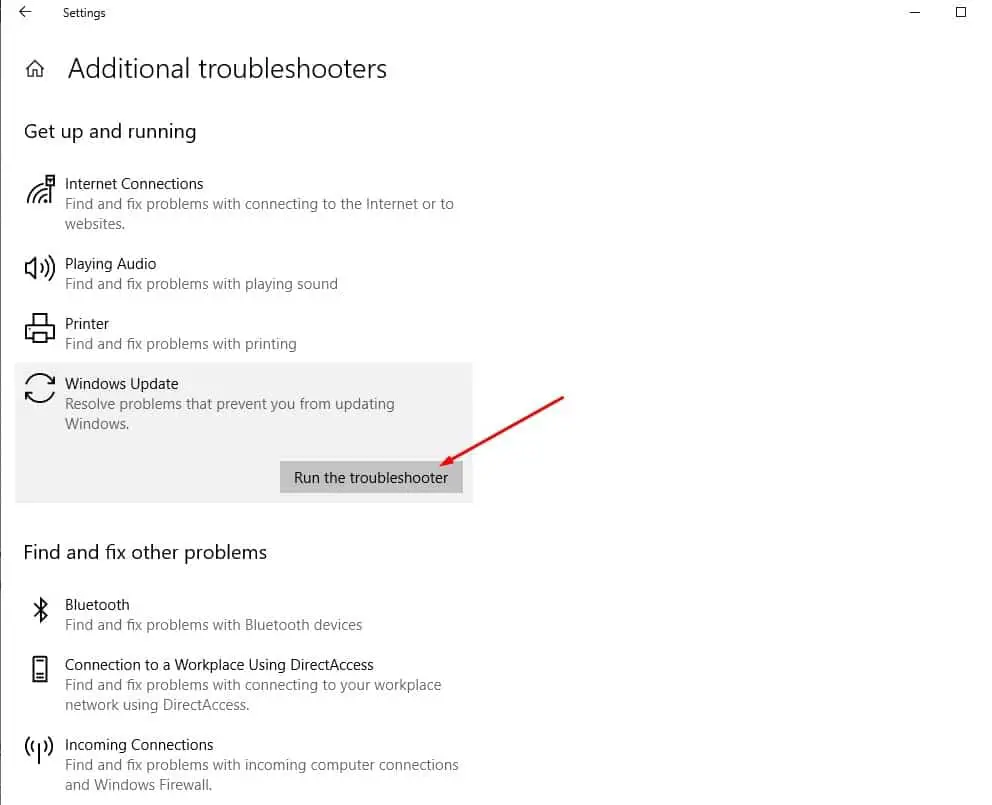
The troubleshooter will attempt to identify and fix problems related to Windows updates. It can address issues like corrupted update files, incorrect system settings, or problems with services that are required for updates.
Reset Windows update components
If running the Windows update troubleshooter didn’t fix the problem. You should try Reset Windows Update Components which fix most of the Windows update download and installation problems.
This essentially provides a fresh start for the update process.
- To do this press Windows + R, type services.msc and click ok to open window services.
- Here scroll down and stop the Windows update service
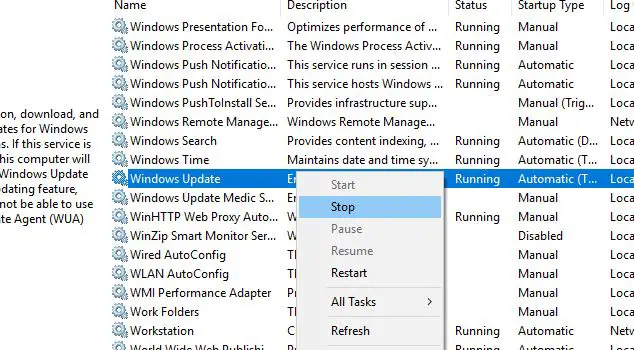
- Now Open File Explorer and navigate to C:\Windows\SoftwareDistribution\download.
- Here Delete all the files inside the download folder.
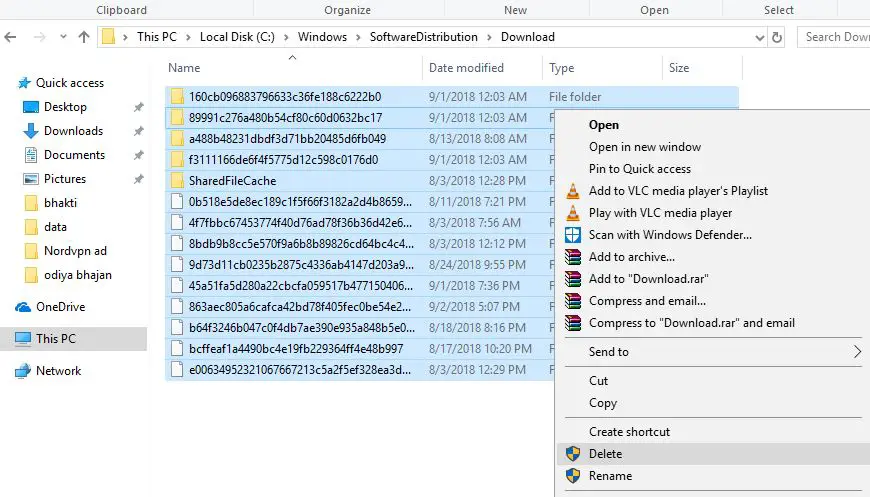
- Open Windows services again (services.msc) and restart the Windows update services that you stopped previously.
That’s all Now close everything and check for updates from Settings -> update & security -> Windows update -> check for update. I am sure this time you get succeed, without any problem or update stuck.
Run DISM and SFC utility
Again, sometimes corrupted system files cause Windows 10 updates to stuck downloading. Run the system file checker which scans and restores missing corrupted system files. If found the utility will restore them from a special folder located on %WinDir%\System32\dllcache. Wait until 100% complete the scanning process, Then After Restart Windows and check for updates. If SFC Utility Scan Results found corrupted files but unable to fix then Run DISM Tool Which enables SFC Utility to Do its job.
Manually Download and Install the Update
By manually downloading the update package from the official Microsoft Update Catalog, you bypass potential issues with the standard update channel. This can be useful if there’s a specific update causing issues or if the automatic update process is consistently failing.
- Go to the official Microsoft Update Catalog website
- Use the search bar on the website to look for the update you need. You can search by KB number or by a specific term related to the update.
- Click the “Download” button next to the update. Make sure to choose the correct version that matches your system (32-bit or 64-bit).
- Once the update package is downloaded, double-click on it to begin the installation process. Follow any on-screen prompts or instructions provided.
If all the above methods fail to fix the issue, and Windows 10 Update 22H2 fails to install, stuck downloading the update, then use an official media creation tool or Upgrade Assistant to upgrade to Windows 10 22H2 smoothly. Or You Can Download Windows 10 ISO File for manual upgrade or Perform a Clean Installation of the Windows 10 version 22H2 Update.
Also, Read
- How to fix Windows update when it gets stuck at 0 percent or 100
- How to Download and Install iTunes for Windows 10
- Microsoft Edge not Responding, and Slow Performance after Windows 10 update
- 15 Tips to Optimize Windows 10 for better performance
- Solved: Windows 10 Sandbox, no hypervisor was found (0xc0351000)

